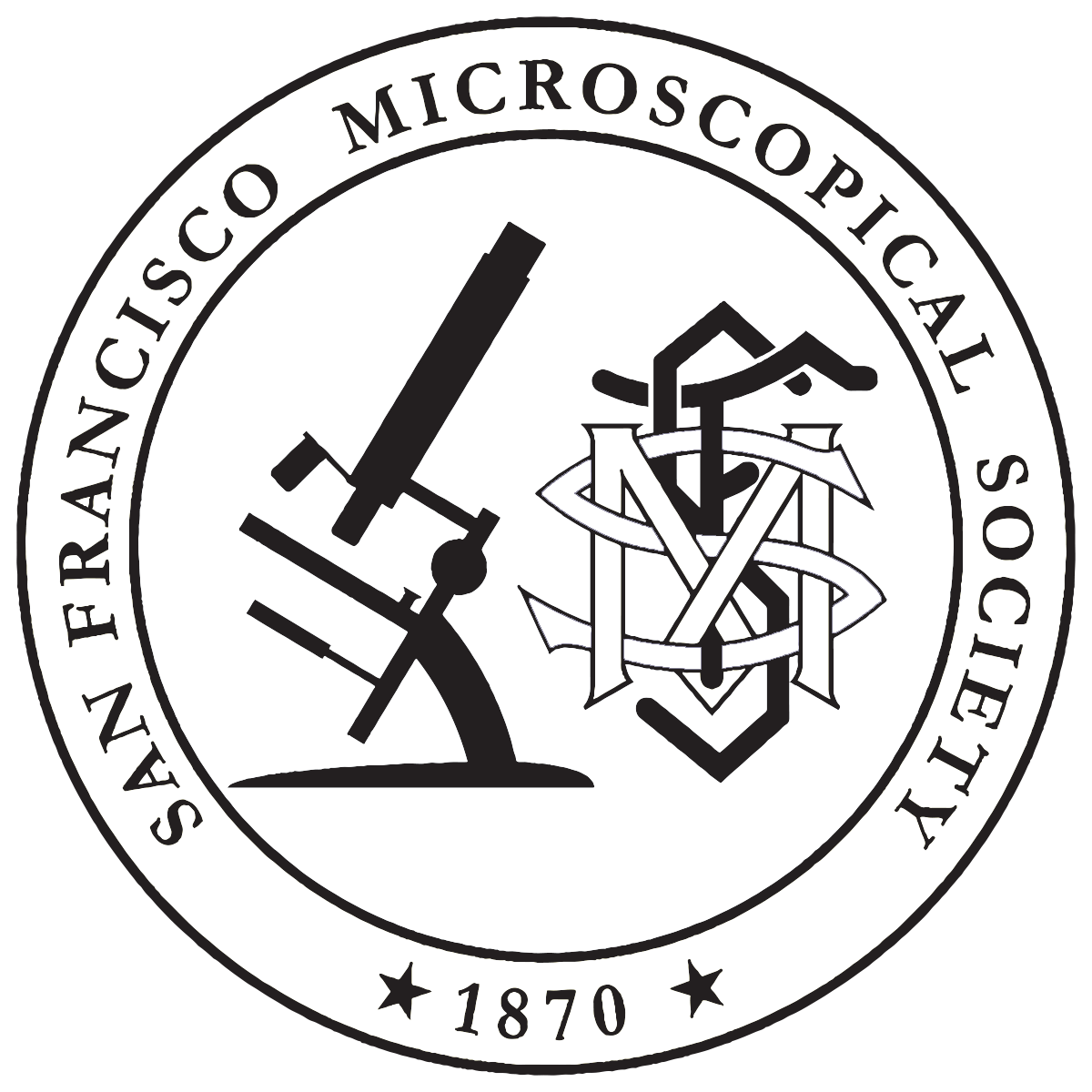Meet Miranda! New technology in San Francisco Bay
By: Anna McGaraghan, SFMS Member
Microscopes come in a huge variety of styles for a wide range of applications. From refrigerator-size scanning electron microscopes to mini field scopes, there are many ways to view the tiny world around us. One of the newest types of microscopes to join the club belongs to Dr. Raphael Kudela’s ocean science lab at UCSC, and is an autonomous, robotic microscope named Miranda. Miranda can currently be found in a shed at the end of the Exploratorium’s pier in San Francisco, sampling seawater from the bay beneath her.
Miranda is an Imaging FlowCytobot, or IFCB, and is one of a network of IFCBs in California. An IFCB combines the particle-sorting capabilities of a flow cytometer with a high-resolution camera to capture images of suspended particles. Miranda can image every suspended particle, or she can selectively image photosynthetic particles, like algae, by detecting the fluorescence they emit. Each tiny sample of seawater takes 20 minutes to run and can produce several thousand images. Miranda runs autonomously for days or weeks at a time and is controlled remotely, generating as many as 30,000 images per hour.
At left, Miranda (tall black cylinder) in her shed at the Exploratorium in San Francisco. The pump that brings water up from the bay is mounted to the back of the shed. At right, Miranda is secured and ready for a cruise aboard the R/V Peterson, a USGS research boat. Photo Credit: Anna McGaraghan
The photosynthetic particles being photographed by Miranda are mostly phytoplankton, or microscopic single-celled algae. Drifting along with waves and currents, phytoplankton are the unsung heroes of our planet. As the primary producers at the base of the oceanic food web, they serve as the first step in converting sunlight and nutrients into biomass. They provide food for everything from krill to whales, and they are responsible for most of the oxygen in our atmosphere.
Images of phytoplankton cells taken by Miranda in San Francisco Bay. Left: Ditylum, a silica-based diatom. Right: Akashiwo, a dinoflagellate that can contribute to red tides. Photo Credit: Anna McGaraghan
Scientists, researchers, and citizen volunteers monitor the phytoplankton present in the marine environment to better understand ocean health, track changing ocean conditions, and watch for blooms of toxin-producing phytoplankton species (Harmful Algal Blooms). Traditional microscope monitoring is time consuming and labor intensive, and it requires training and expertise to correctly identify the phytoplankton species. The introduction of IFCBs like Miranda to monitoring programs allows for round-the-clock tracking of phytoplankton, and can help scientists detect changes in ocean conditions in real-time. Miranda captures images and uses machine learning, some of the newest computer technology, to identify which phytoplankton is in each image.
At the Exploratorium, Miranda is part of the Wired Pier, a suite of instruments that measure and record conditions in the San Francisco Bay environment: weather, water quality, pollution, and more. She also participates in monthly USGS cruises on the bay, collecting phytoplankton images alongside more traditional sampling and microscopy methods. In the complex and dynamic marine environment, IFCBs are tools that provide a valuable window into the phytoplankton community and allow scientists to better understand our oceans.
To view Miranda’s images, visit her dashboard.
See images with identification here.
Instagram: @phytoplankter




